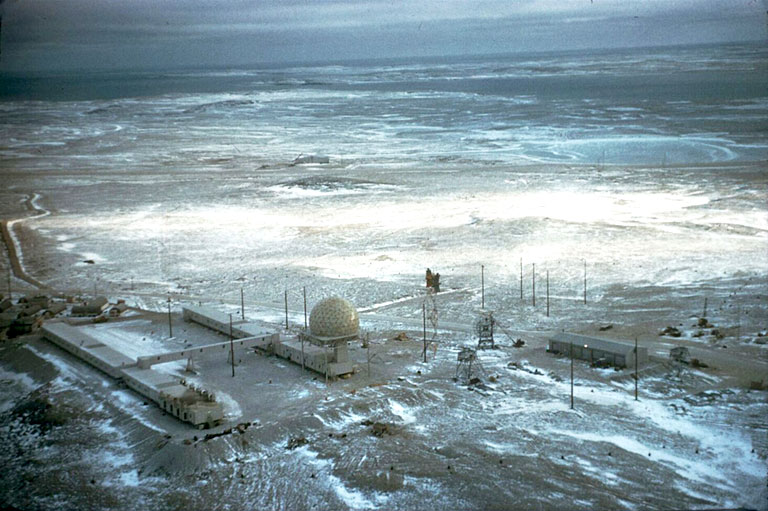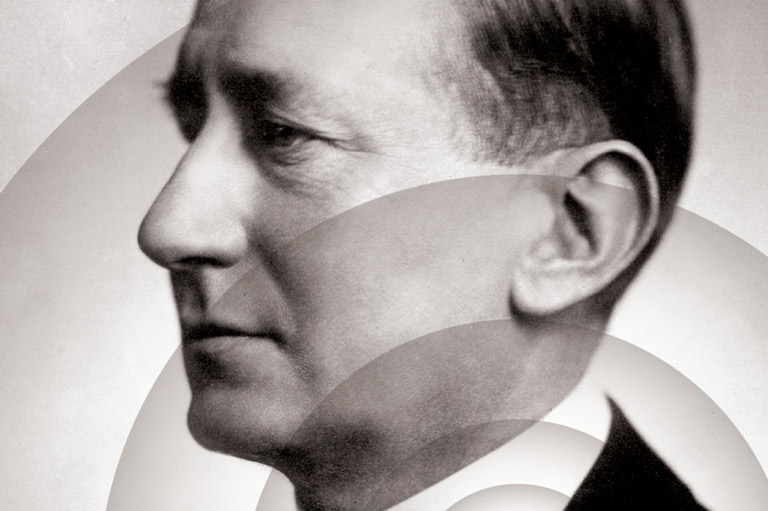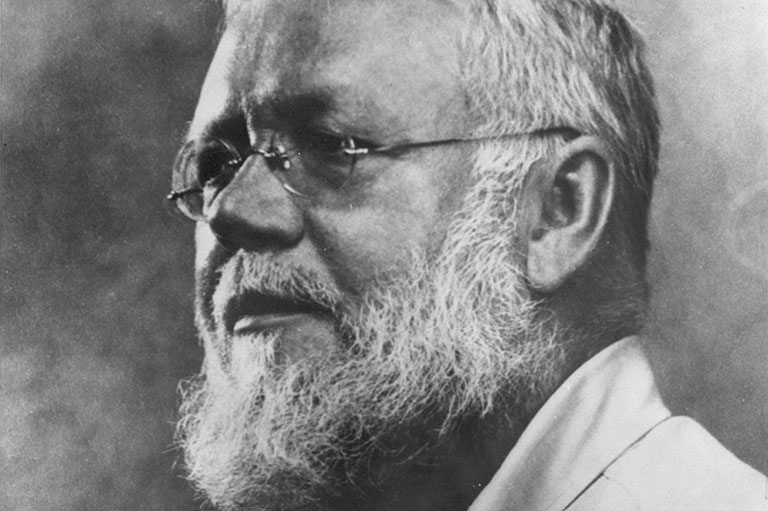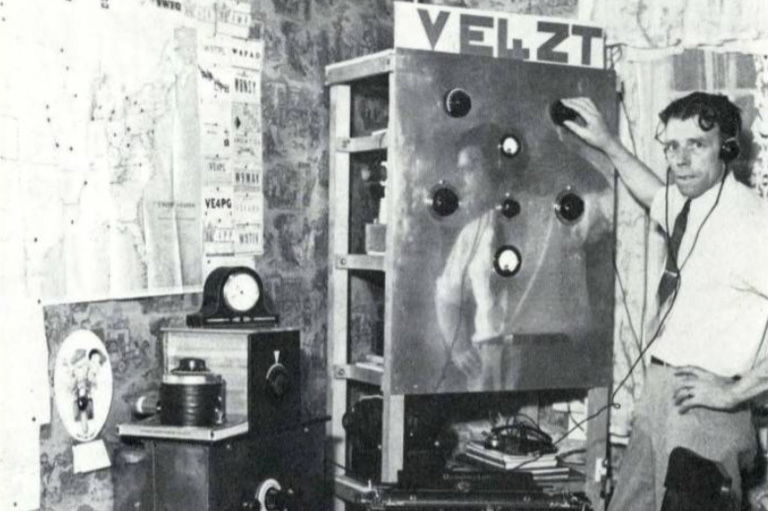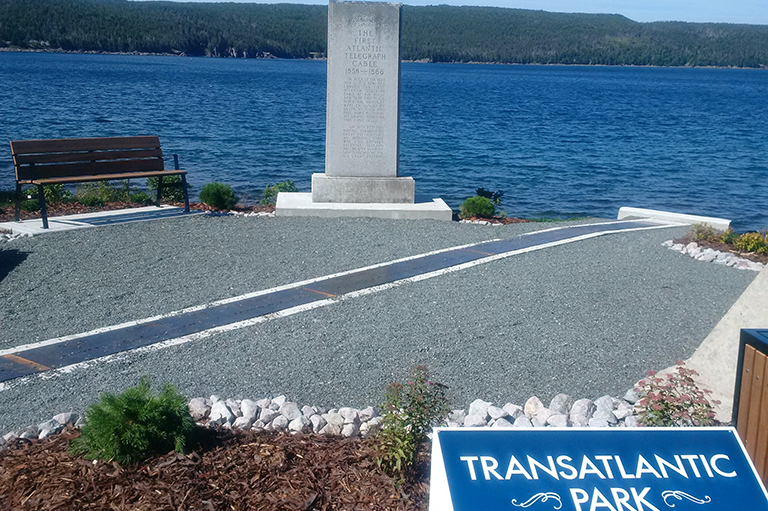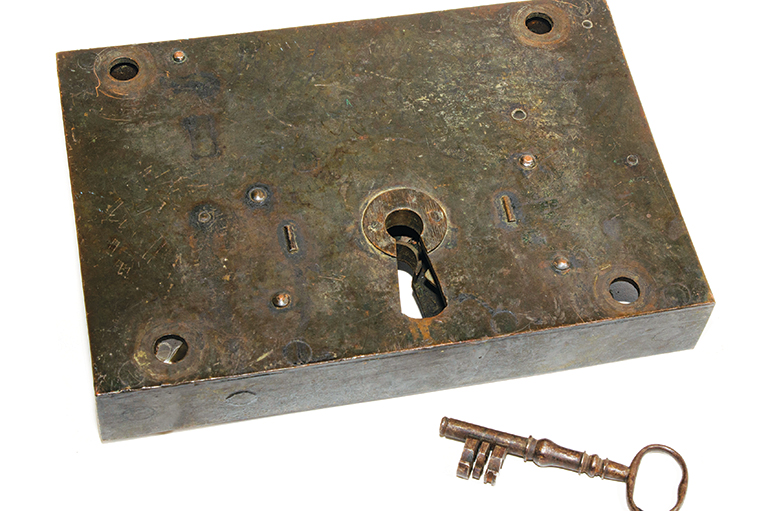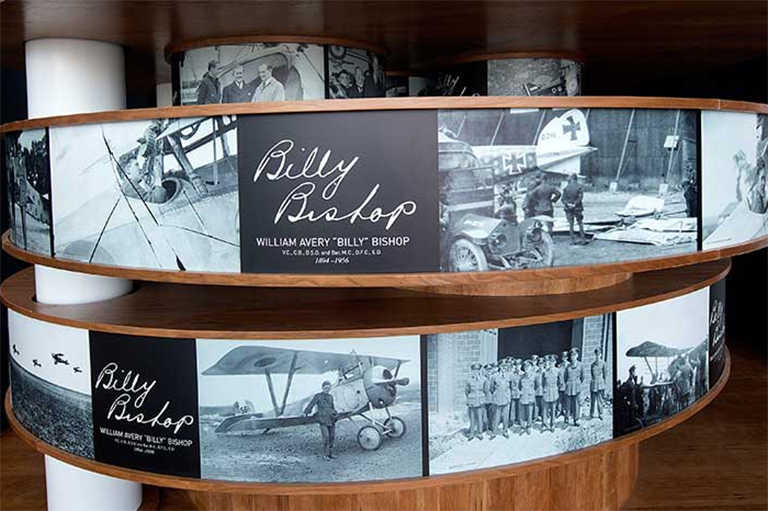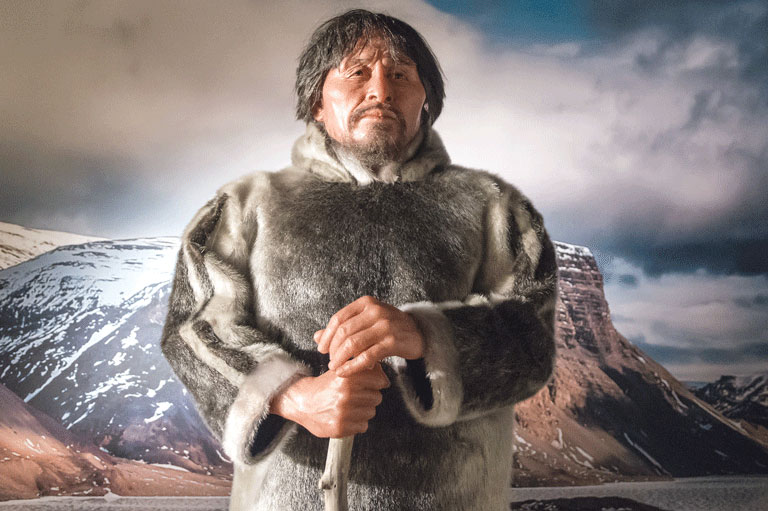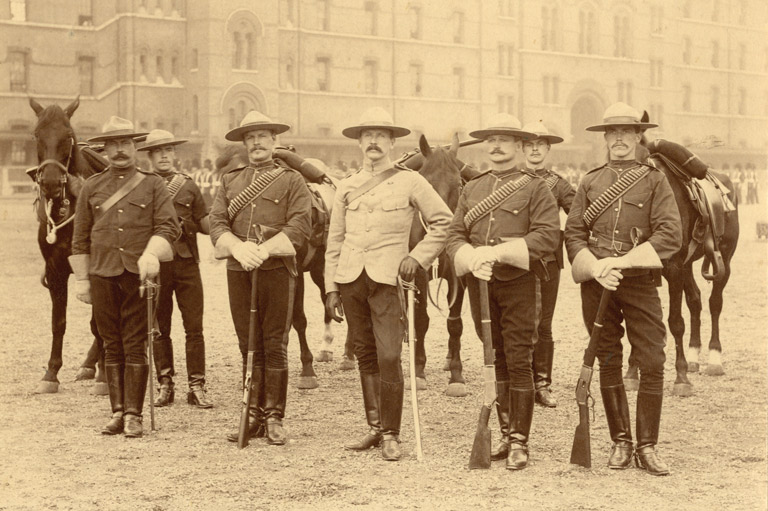Waveforms
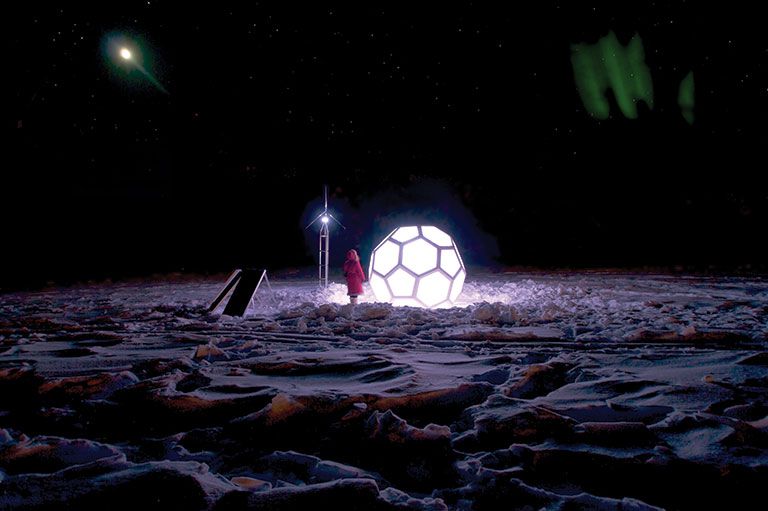
An exhibition at The Rooms in St. John’s, N.L., explores the changes and challenges that have resulted from the development of radio communications and radar infrastructure in Canada, while it pays particular attention to the histories of Newfoundland and Labrador.
Helloland! Art, War and the Wireless Imagination includes historical artifacts, documents, and paintings as well as works by contemporary artists that investigate the legacies and impacts of wireless communication. Historical items on display include a painting of radio pioneer Guglielmo Marconi, Morse code signalling cards, and the Morse key from SS Rose Castle, which sank in 1942 off Bell Island, N.L., after being hit by torpedoes from a German U-boat.
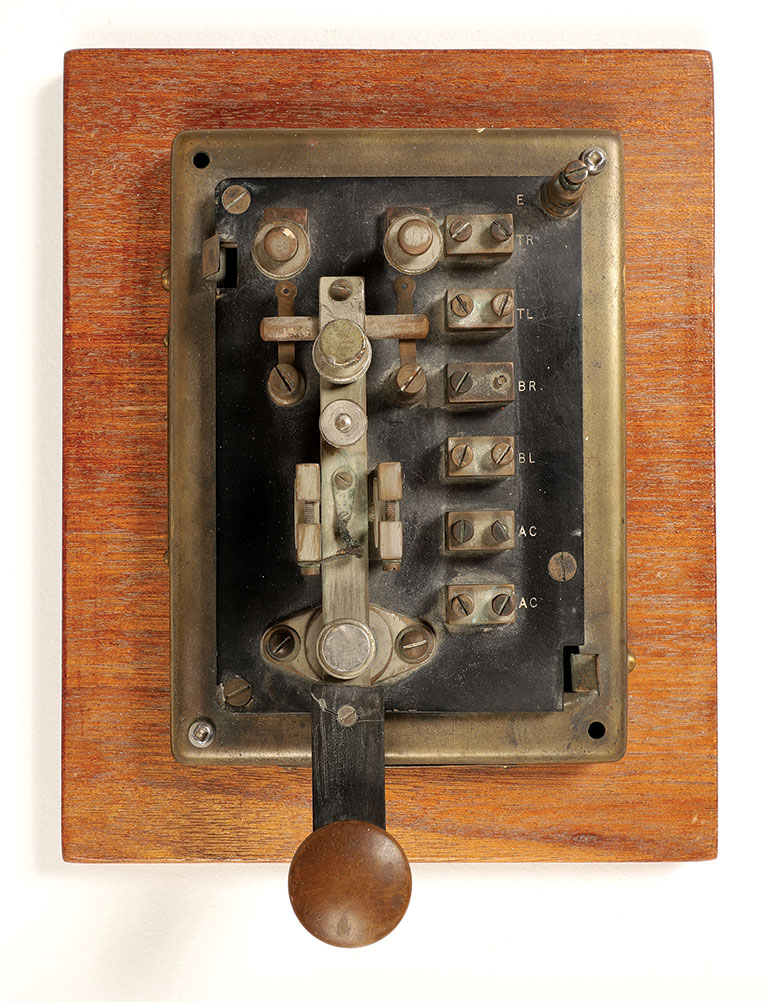
Darryn Doull, the exhibition’s co-curator and previously the museum’s curator of Canadian art, says the title Helloland! is drawn from an 1887 article about a visit to the Boston Telephone Exchange. The article’s writer contrasted the assured “material existence” of the people at either end of a phone line with what was between them: “an airy nowhere inhabited by voices and nothing else — Helloland,” he named it.
According to Doull, “this disembodied land of hellos seemed an ideal frame for the wireless imagination that Marconi was developing in Europe,” and it also suggests “the impact on land and environment from the development and maintenance of wireless infrastructures.”
Doull notes that, “at the same time, radio brought widely dispersed people and communities together, and radar surveillance mapped presences and incursions.”
Exhibition co-curator Melony Ward, who is also Canada’s History’s publisher, says her interest in the history of radio technology stems from her father’s work, both at the BBC and on the DEW Line network of radar stations along the Arctic coast, and that it was sharpened by recent research into Marconi, who received the first transatlantic radio message at St. John’s in 1901. She notes that the radar stations left behind “lots of PCB contamination.”
Among the pieces by contemporary artists is Charles Stankievech’s The DEW Project. The multimedia work first produced in Yukon Territory includes a geodesic radome like those designed to protect delicate electronic equipment without blocking radio waves.
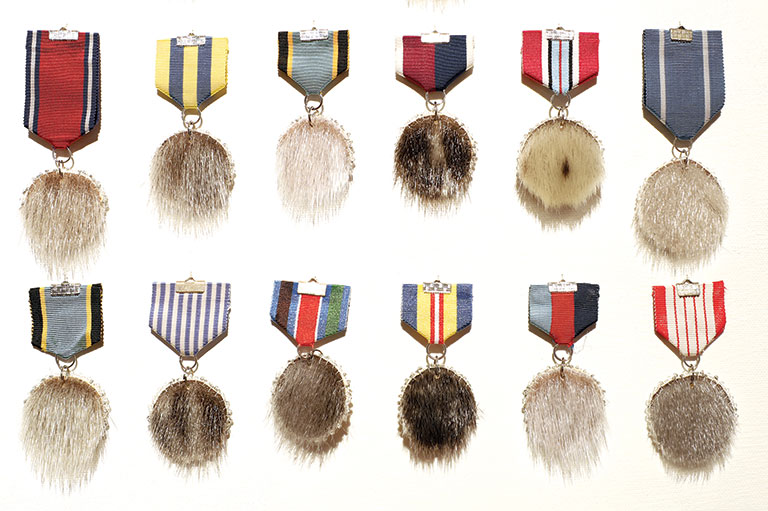
For Survival, Maureen Gruben — who was born and raised in Tuktoyaktuk, N.W.T., the site of a DEW Line station — remade military medals with materials that include sealskin and deer hide. Her work indicates the role of the military in the North while honouring traditions such as hunting, sewing, and caring for the land that remain central to Inuit life and culture.
Weekly curators’ notes are available on the museum’s website and include links to interviews, a documentary, and more. Helloland! continues at The Rooms until September 26.
Themes associated with this article
Advertisement
You might also like...

Canada’s History Archive, featuring The Beaver, is now available for your browsing and searching pleasure!
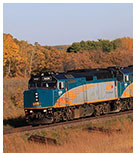
Canada’s History and its partners offer unique, history-based tours at home and abroad throughout the year.

